Jerusalem Artichoke, aka Sunchoke: a Survival Plant
The Jerusalem artichoke — also called sunchoke and sunroot — is a fascinating and beneficial plant. Not to mention tasty: although they look something like a potato, they taste more like a water chestnut. I’ll have a crop of sunchoke recipes coming up for you soon.

I have a friend who has planted sunchokes all around his city. That’s not a bad idea. I’ll explain what makes this humble-looking root vegetable a surprising star.
What Is the Jerusalem Artichoke, aka Sunchoke?
First, the Jerusalem artichoke is not actually from Jerusalem. (Click here to read about Growing Holy Fruits on Southern Soil.) This plant is native to the central part of North America. Native Americans grew the tubers for food long before the arrival of Europeans. Eventually, Jerusalem artichokes spread West and East. Early colonists, impressed with the crop’s hardiness, sent it back home to Europe. It then became a popular food crop across the ocean.
Second, the Jerusalem artichoke is not really an artichoke! It’s actually the root of a variety of sunflower, thus the alternate name “sunchoke.” The plant has a yellow flower above ground, making it decorative as well as edible. The flowering stems grow about 6 feet high.
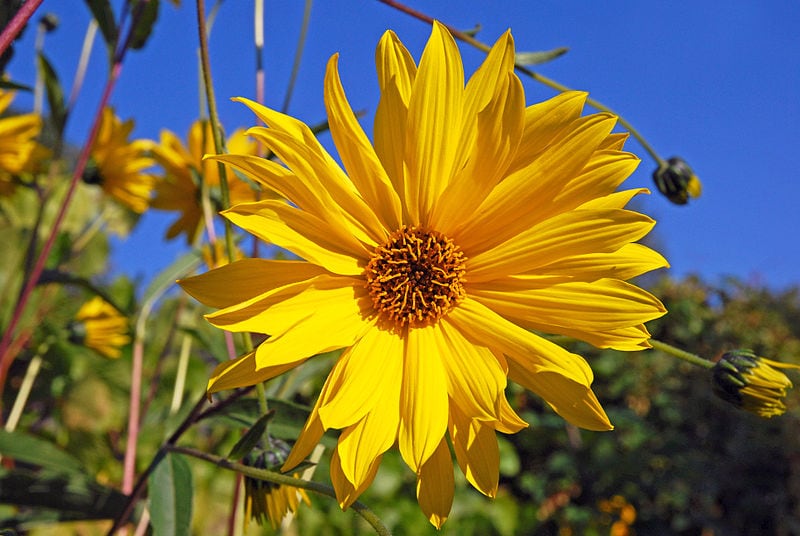
Over time, America pretty much forgot about the humble sunchoke as food, and that’s a shame. The good news is that it’s enjoying a well-deserved revival now.
Why Plant Sunchokes?
The Native Americans were on to something. Once planted, Jerusalem artichokes persist for years, making this tuber a real survival crop.
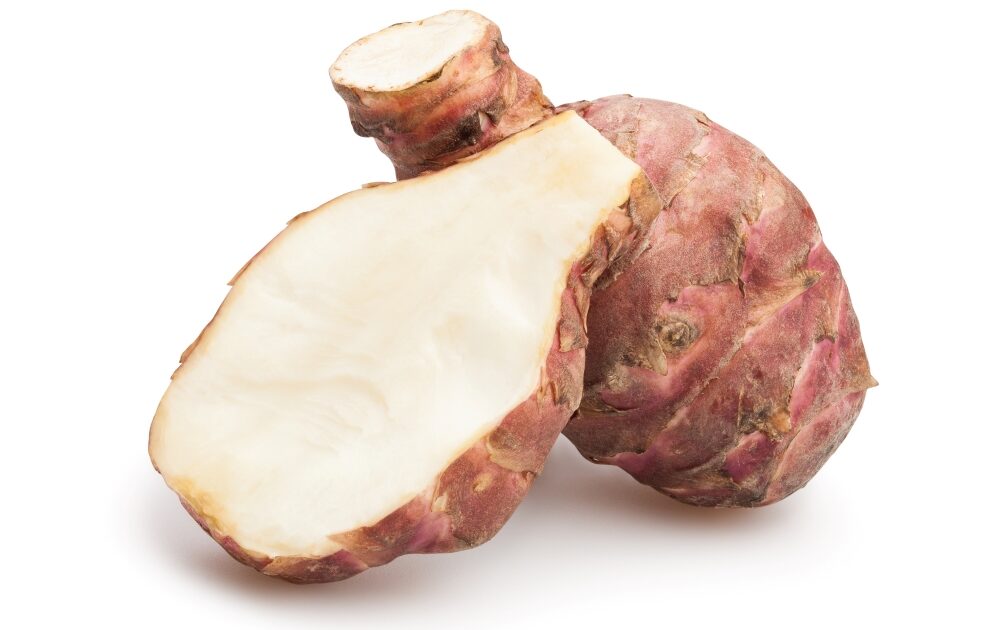
In nutrients, this edible tuber is a powerhouse. In just one cup of the sunchoke’s flesh, you get 28% of your daily iron, 18% of potassium, and 10% of vitamin C along with beneficial inulin fiber. With their low glycemic index, they are also great for diabetics. With all of these health benefits, Jerusalem artichokes are only a little over 100 calories a serving. Wow!
We like to plant sunchokes in the fall for deer on our land. The deer love to eat them, and the plants provide great nutrition for them. And of course, well fed deer mean healthy protein for us.
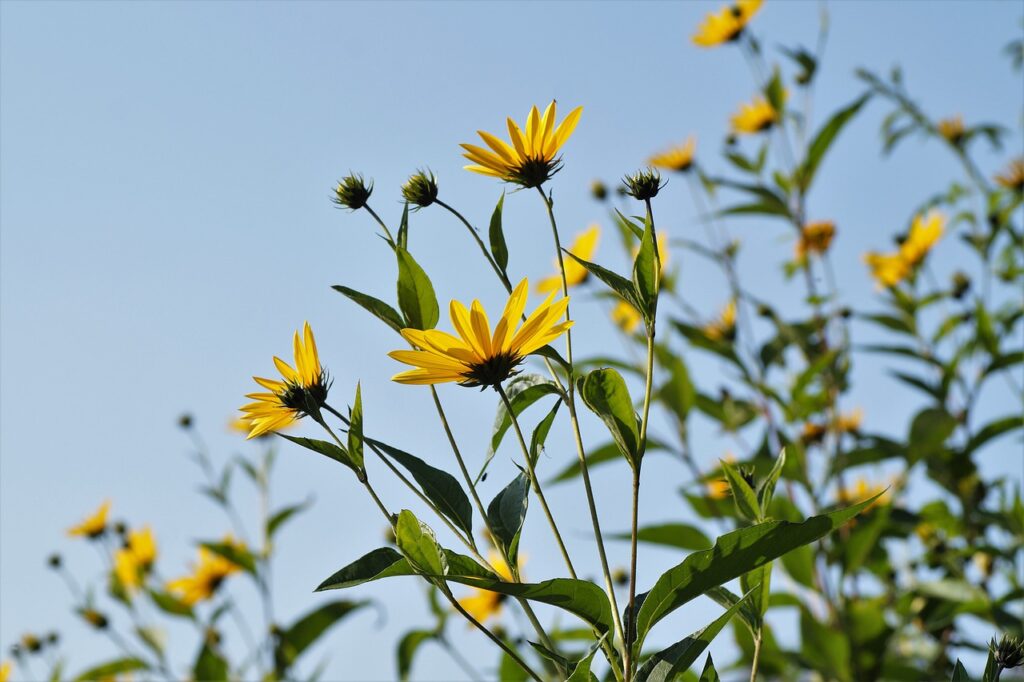
Actually, deer are not the only wildlife that benefit from Jerusalem artichokes. According to one study, a syrup form of the root benefited broiler chickens in several ways. It stimulated the chickens’ growth, and it also had an antibiotic effect, protecting the animals from harmful bacteria.
As you can see from the photos, this member of the sunflower family also produces a beautiful yellow bloom!
When Do I Plant Jerusalem Artichokes?
The best planting time will depend on your growing region. However, you should plant Jerusalem artichokes 6-8 weeks before the last frost for your area. They need about 18-20 weeks frost free. They will flower around August and September, and then you can harvest them in the fall.
In colder zones, you can plant sunchokes as a perennial. They grow best in mild environments like zones 7-11. You can look up your plant hardiness zone by zip code on the USDA map here.
How To Plant Jerusalem Artichokes
Remember, Jerusalem artichokes are a hardy plant, and they will grow like crazy! So make sure to plant them away from other vegetables and plants because otherwise, they can take over. Besides, the blooms will look lovely in a bed of their own.
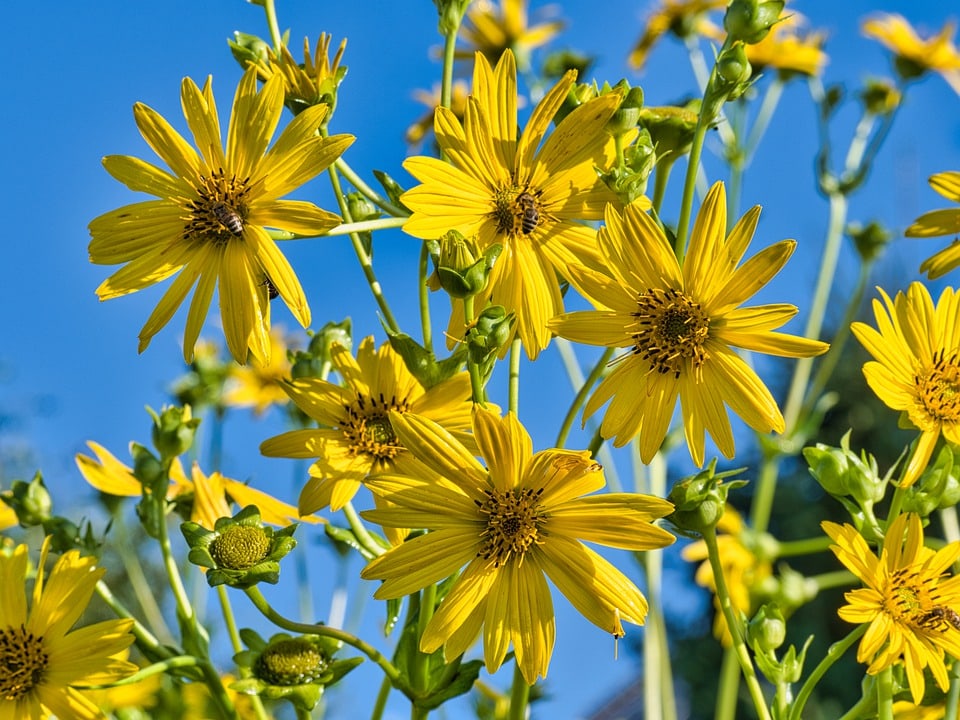
If you want to make sure the plant won’t be invasive, there’s a simple solution: just cut the flowers off before the seeds develop.
What Kind of Soil Do Sunchokes Need?
Soil-wise, sunchokes prefer alkaline soil. Generally, they grow best in fertile, well drained but well mulched soil. To prepare for planting, you can fertilize in midsummer with a top dressing of compost.
Do Sunchokes Need Full Sun?
Light-wise, the Jerusalem artichoke grows well in full sun to partial shade.
On to the Planting
The planting part is pretty straightforward! You should plant Jerusalem artichoke seeds about 3 inches apart and 3 inches down.
However, if you are planting tubers instead of seeds, they will need to be farther apart—at least 1 foot. Plant them a little deeper than the seeds, about 4-6 inches. Be sure that each piece of tuber that you’re planting has at least one “eye.”
When and How to Harvest
Harvest your sunchokes before the buds open, when they are still tight and firm and about 3 inches in diameter. The plant should be beginning to brown. Once you’ve harvested the tuber, cut away the dying plant.
Note: The skin of the roots is fairly delicate, so be sure to dig deep enough not to cut into the root.
You can harvest your Jerusalem artichokes all winter until they begin to sprout in the spring.

Can I Grow Jerusalem Artichokes in Containers?
Yes, you can! And actually, container growing is a good way to keep them from taking over your garden. Here’s how:
- Make sure you have enough tuber pieces with the eyes for planting. Also, figure on using a separate 5-gallon container for each tuber.
- Mix equal parts garden soil and potting soil or compost in a really large container. A wheelbarrow works!
- Then fill your containers with soil, up to about 2 inches from the top. Plant the tubers 4-6 inches deep, as you would if you were planting in your garden.
- Place each container in a sunny spot and water once a week.
Can I Plant Jerusalem Artichokes from the Grocery Store?
Yep, you can! It’s best to start with organic sunchokes if possible.
What is the best way to eat Jerusalem artichokes?
There are so many ways to enjoy this vegetable, which has an earthy flavor and picks up the flavors of herbs and other cooking ingredients. You can fry or oven roast sunchokes until tender with a little sea salt and olive oil. You can also substitute them for potatoes, turnips, or other root vegetables in any recipe that calls for them, including soups and stews. When you peel them, you can serve them raw in salads like water chestnuts.
Watch me and Creek Stewart cook up some tasty Jerusalem artichokes!
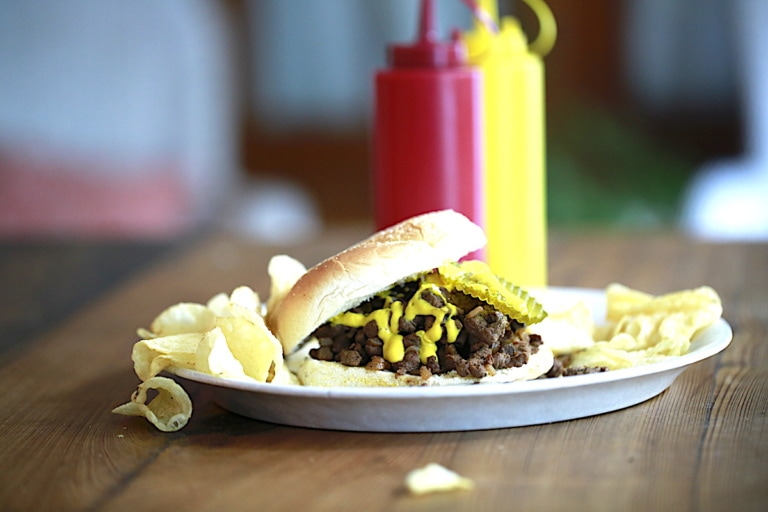

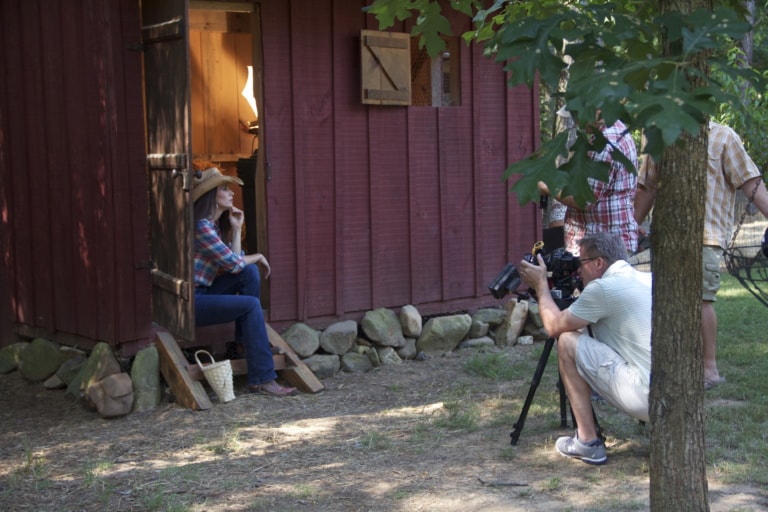

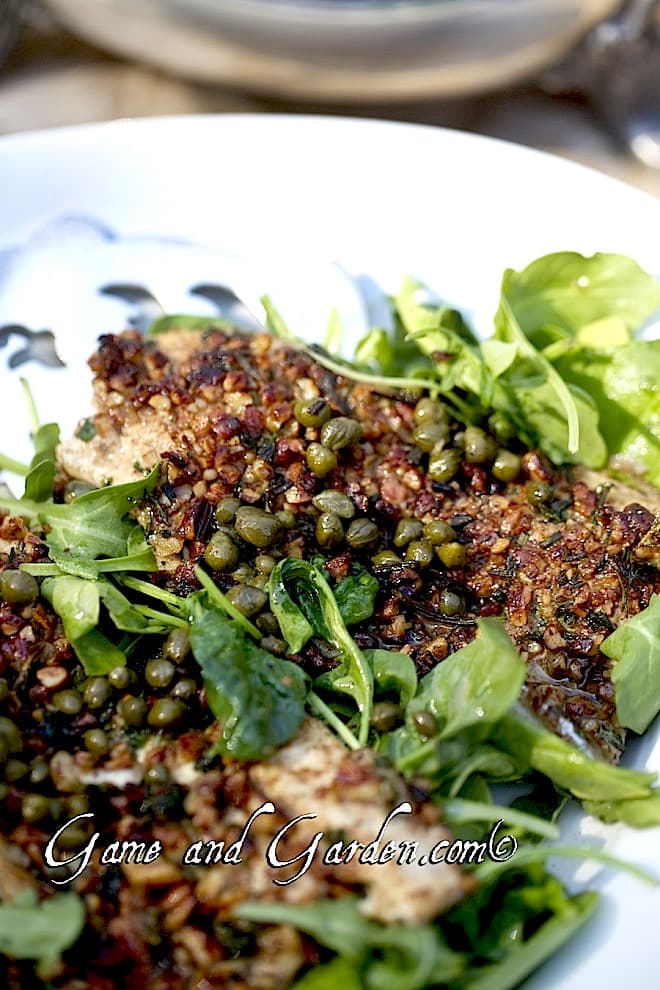
just a question. I am sure I have lot of the artichokes in my backyard. also putting them at my
hunting camp. but what I have dug up have no tubers. just hundreds of rhizomes. would too hard a soil create this… thoughts
I do believe they like loose sandy or loamy soil. that is what mine is planted in. Try planting in different location or adding a lot of organic matter to your existing location this next year and see if there is a difference.